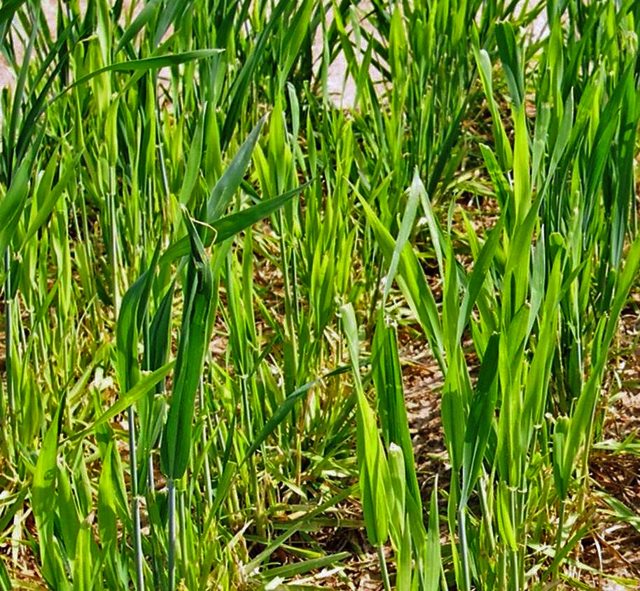
by Cheryl Mackowiak | Oct 27, 2017
Cheryl Mackowiak, UF/IFAS NFREC Soils Specialist As producers near the end of cover crop and cool-season forage planting in the Southeastern U.S., it is time to focus on fertilization. Depending upon your state, extension professionals have establish guidelines for...
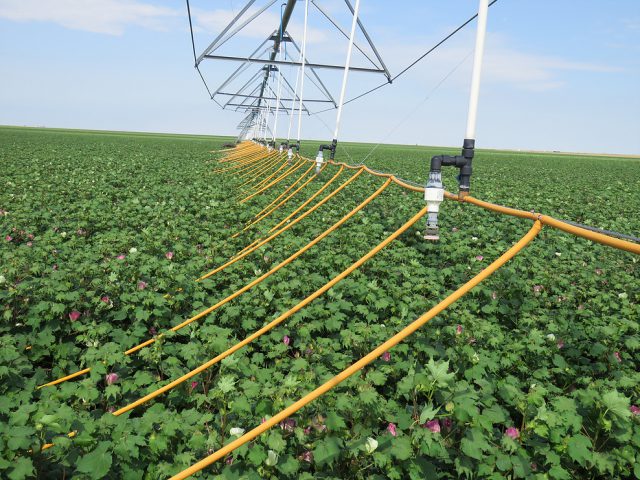
by Doug Mayo | Aug 18, 2017
Water is a precious resource, no mater where you live or farm, but is especially true in Kansas where their aquifer is diminishing. There is a relatively new technology being called mobile drip irrigation that has been developed in Kansas to make center pivot...
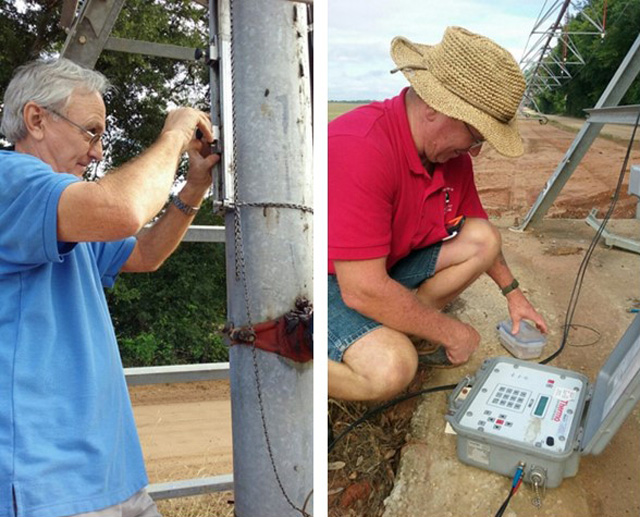
by Andrea Albertin | Aug 11, 2017
The Northwest Florida Mobile Irrigation Lab Northwest Florida’s Mobile Irrigation Lab (MIL), run by Mark Miles, Rex Patterson, and Robert Patterson, is working hard to help farmers increase crop yields and lower costs through improved irrigation efficiency. By...
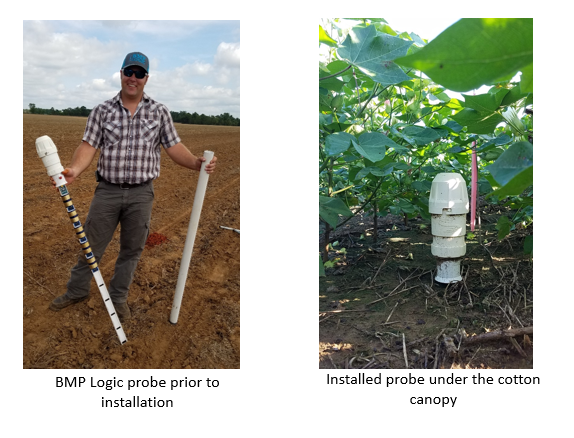
by Libbie Johnson | Aug 11, 2017
On August 10th, UF/IFAS Santa Rosa and Escambia County Extension hosted a field day covering moisture monitoring, cover crops, and best management practices at Mickey Diamond’s Farm. Through a Florida Department of Agriculture and Consumer Services (FDACS) Best...
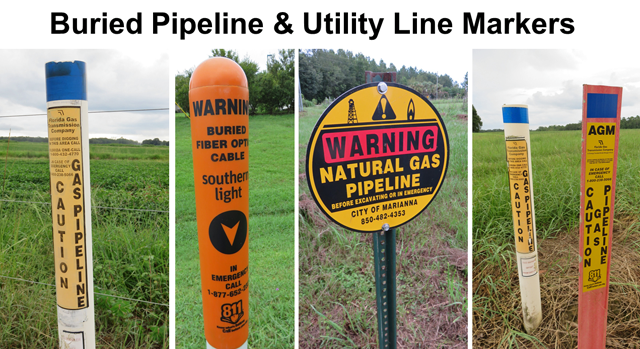
by Doug Mayo | Aug 11, 2017
Today, August 11 is “National 811 Day,” so it is only fitting to share an Ag-Safety reminder to “Call or Click Before You Dig.” There are pipelines and utility lines buried all over the place in rural areas. In fact, there are more than 1,250...







